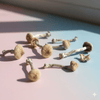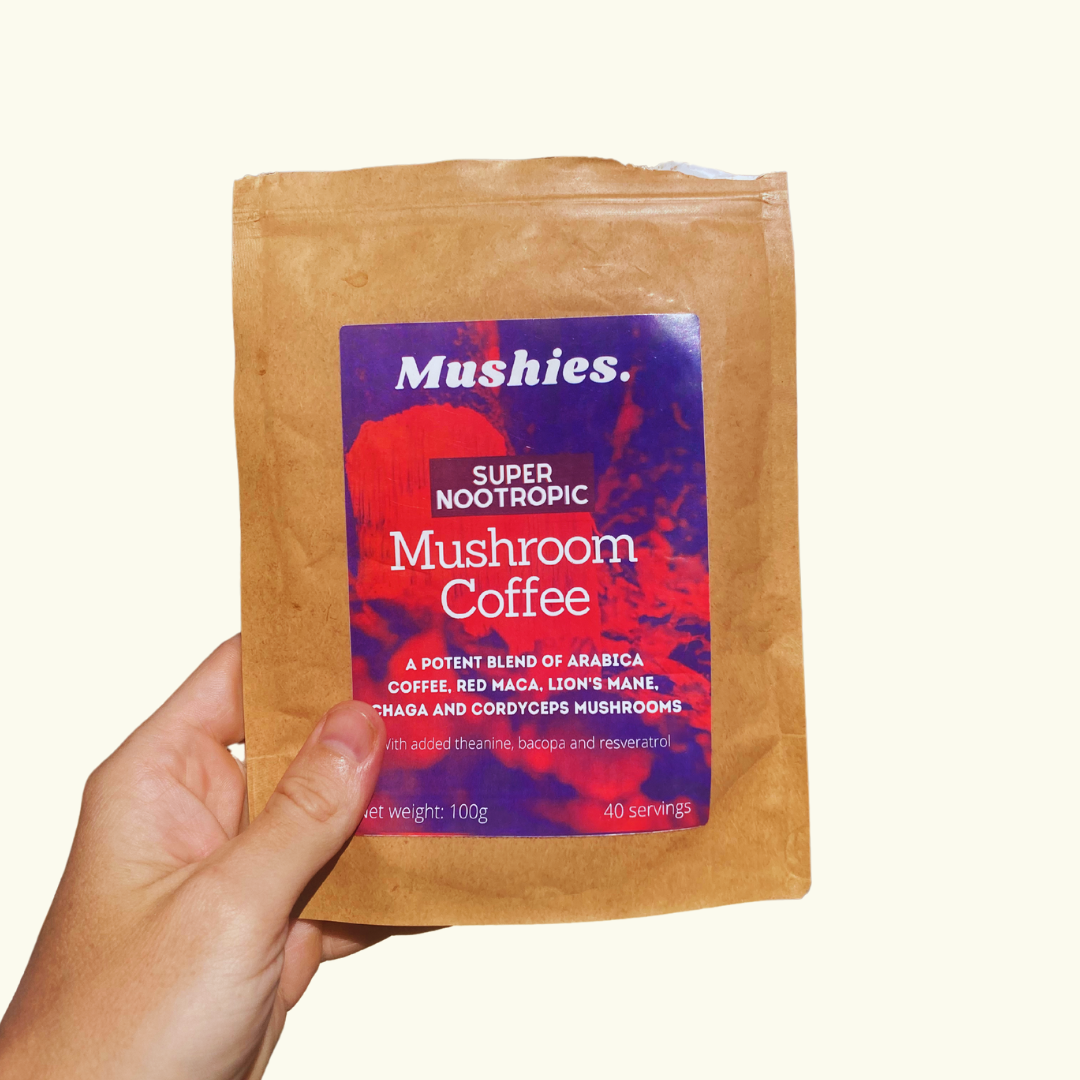Scientists have found evidence of what they believe is a new species of psilocybin-producing mushroom in soil samples taken from Kakadu and Litchfield National Parks in Australia's Northern Territory.
The discovery was made by Alistair McTaggart, a fungal genetics researcher at University of Queensland.
He was investigating the distribution of another magic mushroom called psilocybe cubensis (also known as gold tops) when he came across microbial traces of an unknown fungi.
New magic mushroom
"This mushroom was discovered from DNA sequences in the soil”, Dr McTaggart said.
“... and we can be very confident that it would produce psilocybin, a naturally occurring psychedelic compound."
As the identification was made from DNA sequences, McTaggart says we have no way of knowing what "Kakadu's magic mushroom" looks like, although he postulates it could resemble Psilocybe brunneocystidiata, a species first described in 1978 in Papua New Guinea.
"I would love to get my hands on one, or for anyone to get their hands on one, so we can make a spore-print and then preserve its biodiversity in a herbarium," McTaggart told ABC Rural.
Mushrooms going mainstream

20- 30 species of psilocybin-containing mushrooms are estimated to grow in Australia. Most are thought to be native species although some will probably have been introduced more recently.
There is a lot of scientific interest in psilocybin, with researchers around the world, (including in Australia and the UK) exploring the molecule’s potential to combat mental health disorders such as PTSD, major depressive disorders, addiction and eating disorders.
Non-psychedelic mushrooms are also going mainstream for a number of different uses, including as food, health supplements, meat alternatives, medicines and biomaterials.
Animal Welfare
Dr McTaggart explains that while most research on psilocybin is focused on benefits for humans, he feels it has a lot of potential in agriculture and especially animal welfare.
"Psilocybin has use in [treating] anxiety in humans, we don't understand the effects of psilocybin on animals very well, but I think of slaughterhouses and what this could mean for the meat industry.
"I think it's a future area of research that's really fascinating," he explained.
Genomic sequencing
Dr Alistair McTaggart is currently working on curating Australia's first legal collection of native "magic" mushrooms in order to sequence their DNA and investigate their psychoactive properties.
In a country that’s investing $15 million in grants to support research into the medical use of psilocybin, ecstasy and ketamine, the genomic sequencing work done by Dr McTaggart will be vital to be able to tell species apart.

Dr McTaggart will also test the hypothesis that the Australian native mushroom Psilocybe subaeruginosa has spread globally to become the most commonly used psilocybin in the medical world.
"This species, or a close relative, is now the foundation of patents and research in Europe and the United States," he said.






